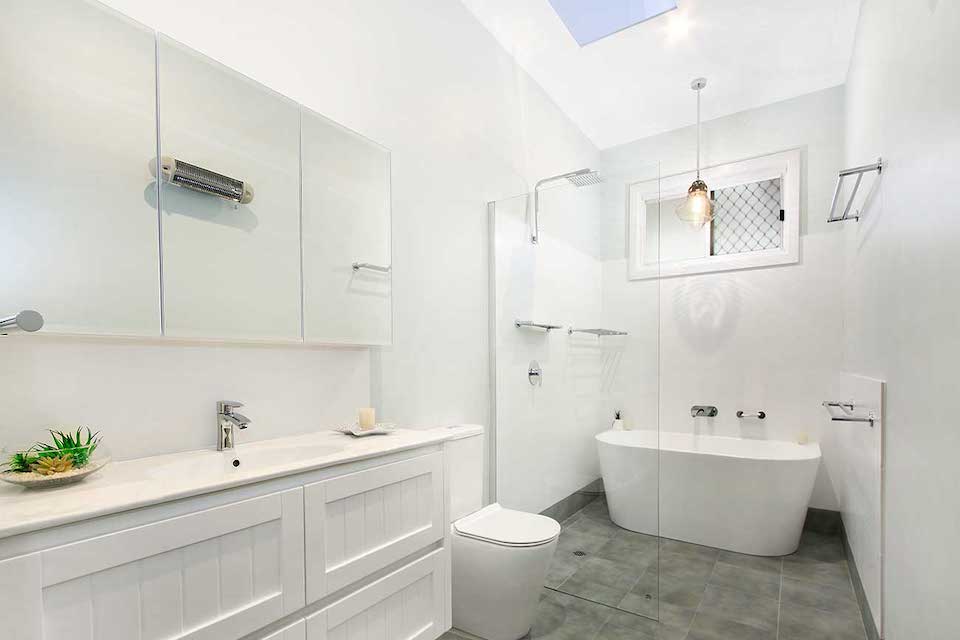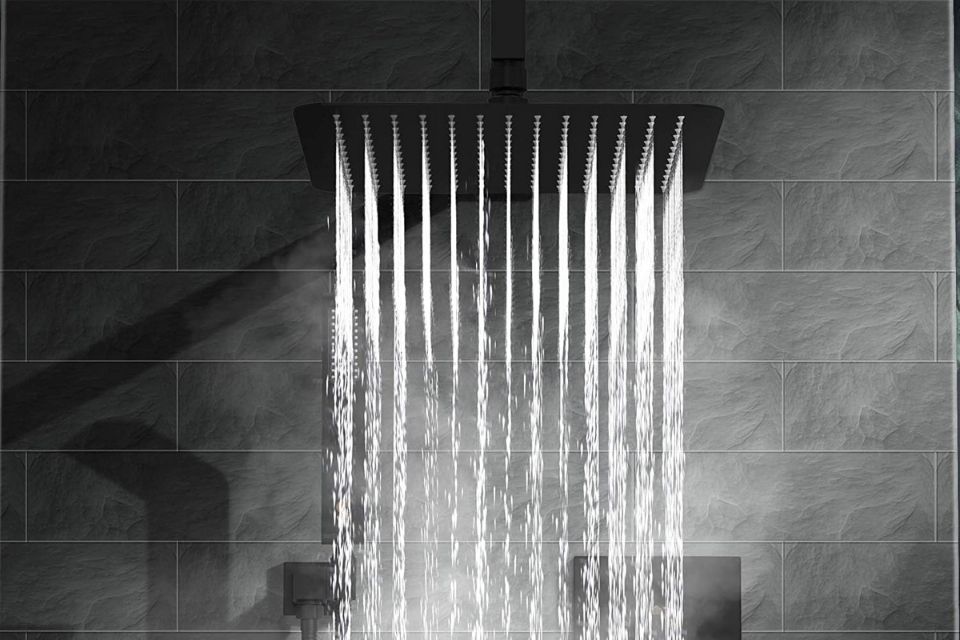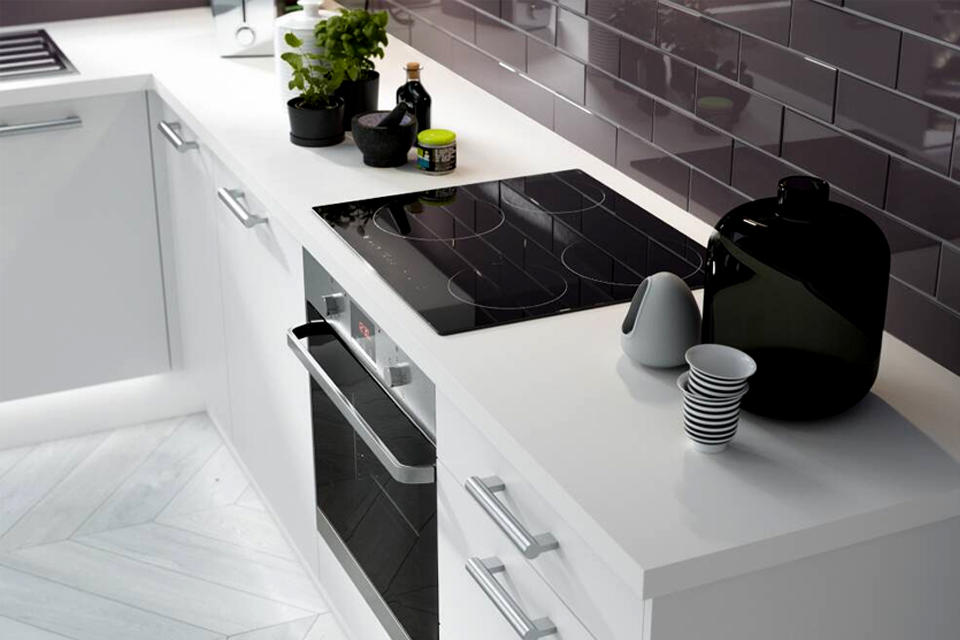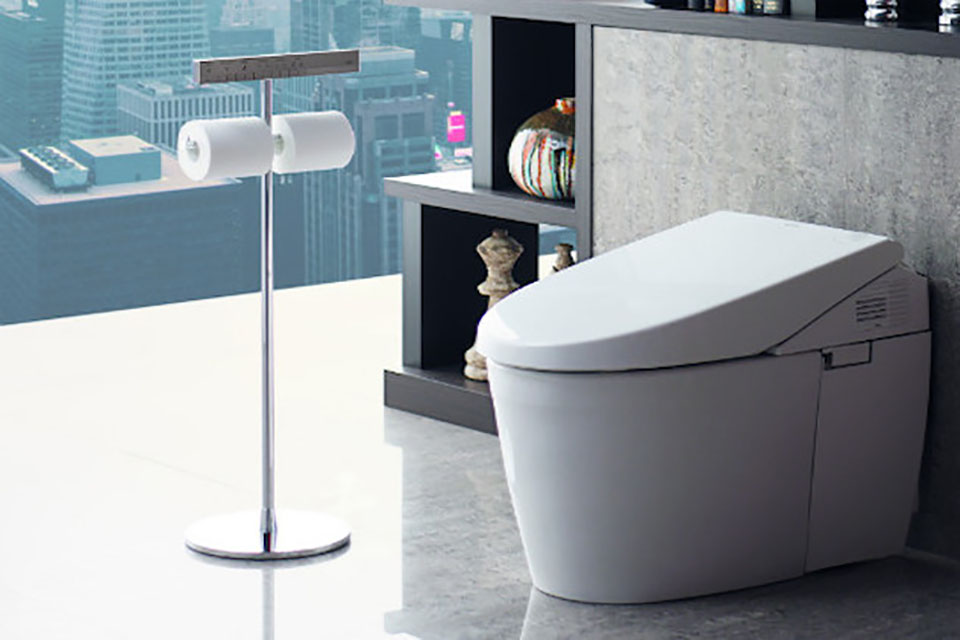How Much to Install a Downstairs Toilet?
First of all, why should you even consider it?
Having an extra toilet downstairs can have many benefits, and that’s why it is becoming an increasingly popular job in the UK.
Installing a downstairs toilet at your home will usually cost around £2,000-£4,000. However, these costs can vary depending on a wide range of factors.
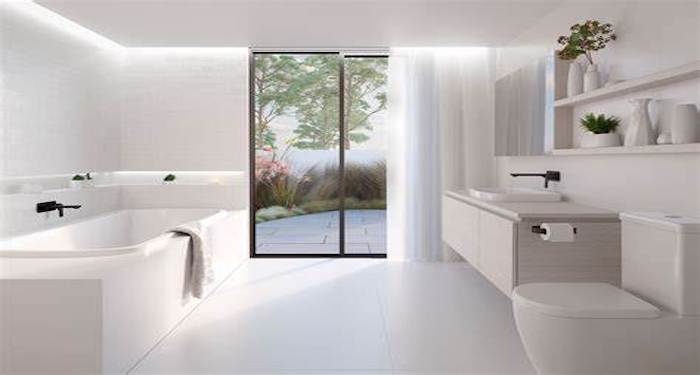
There are many different types of downstairs toilet you could consider, such as and under stairs toilet, a cloakroom toilet and many more.
Every job is different...
The factors that can affect the overall cost of the job include the type of toilet that you choose, whether you need any additional pipework, the materials used, and whether you choose to have any additional items installed at the same time.
Downstairs Toilet Prices
Below is a table highlighting the various downstairs toilet installation costs:
| Job Description | Average Cost |
|---|---|
| Small bathroom installation with toilet and basin | £1,500-£2,000 |
| Stud walls | £150-£200 |
| Supply and installation of a toilet and basin | £400-£700 |
| Install a privacy window | £150-£200 |
| Fit a bathroom extractor fan | £150-£200 |
| Bathroom flooring installation | £200-£300 |
| Plastering and decorating | £300-£400 |
| Tiled bathroom walls | £500-£1,000 |
- How Much to Install a Downstairs Toilet?
- What are the Supply Costs of a Downstairs Toilet Installation?
- What are the Additional Costs of a Downstairs Toilet Installation?
- Tradesmen Costs for Installing a Downstairs Toilet
- How Long Does It Take to Install a Toilet Downstairs?
- Types of Toilet
- Benefits of a Downstairs Toilet
- How Much Does It Cost to Remove a Downstairs Toilet?
- FAQs
- Sources
What are the Supply Costs of a Downstairs Toilet Installation?
When you install a downstairs toilet, you may want to purchase your fixtures and fittings in advance in order to save some money. This can include things such as the toilet, a sink, taps, and radiators.
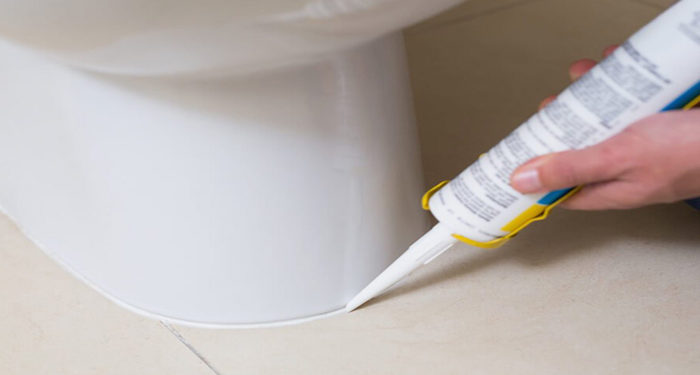
The table below shows a list of the average costs of the supplies that you may want to purchase when installing a downstairs toilet:
| Type of Supply | Average Cost |
|---|---|
| Toilet | £65-£800 |
| Sink | £40-£250 |
| Taps | £25-£350 |
| Wall Tiles | £10-£250 per square metre |
| Flooring | £10-£200 per square metre |
| Radiator | £100-£300 |
What are the Additional Costs of a Downstairs Toilet Installation?
When it comes to installing a downstairs toilet, there are several additional costs that you may need to consider. Below is a list of all of the additional costs that you may need to budget for with this type of work:
New Bathroom Installation
When you get a downstairs toilet installed, you may also want to consider installing a new bathroom too. Since you’ll be buying many of the products needed for a new bathroom anyway, this is a good time to go ahead and install a new main bathroom at the same time.
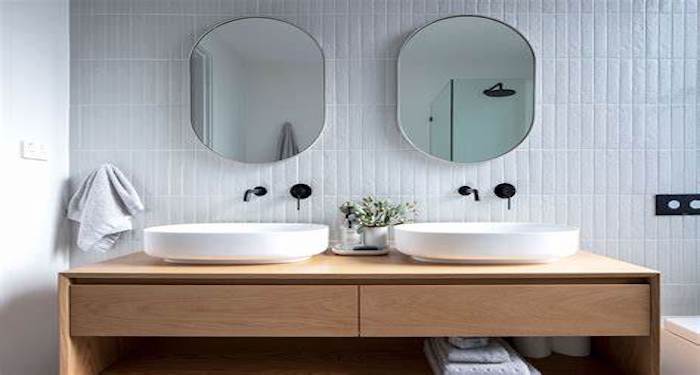
The average cost for installing a new bathroom in the UK is around £3000-£6000.
Shaving Plug Installation
A shaving plug can be a very practical and beneficial addition to a downstairs bathroom. It is quite a simple job that will require installation by a qualified electrician.
The average cost of installing a shaving plug in your downstairs bathroom is around £50-£100.
Heated Towel Rail Installation
A heated towel rail is a very popular choice for a downstairs toilet. These rooms tend to be quite small and so a heated towel rail can provide enough heat in the room so that you don’t have to worry about installing a radiator or any other forms of heating in the room.
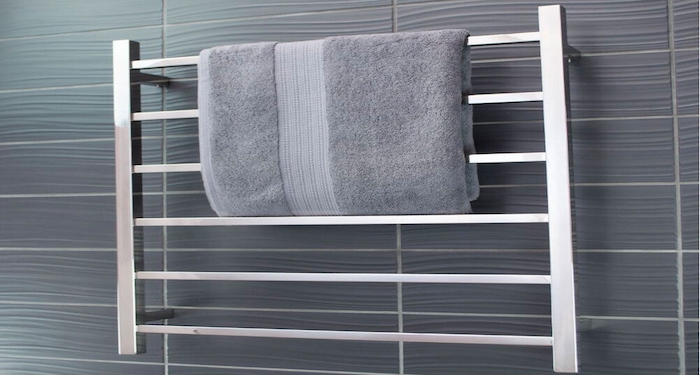
The average cost of installing a heated towel rail is around £150-£400.
Underfloor Heating Installation
Another heating option for your downstairs bathroom is underfloor heating. Again, since these rooms are usually small, underfloor heating will easily heat the room enough so that you don’t need to worry about installing a radiator or any other form of heating.
The average cost of installing underfloor heating is around £700-£1200, depending on the size of the room and your location in the UK.
Understairs Toilet
If you're looking to install a downstairs toilet and you don't want to build an extension and use the space you already have, an understairs toilet may be for you.
You can expect to pay around £2000 for an understairs toilet on average
Tradesmen Costs for Installing a Downstairs Toilet
The average cost that you can expect to pay a plumber to install your downstairs toilet is around £100-£150 per day. This part of the work is the bulk of the job and will take up the most time.
It’s likely that you may need to hire some additional tradespeople for parts of the job. For example, you may need to hire flooring specialists, plasterers, electricians, and decorators.
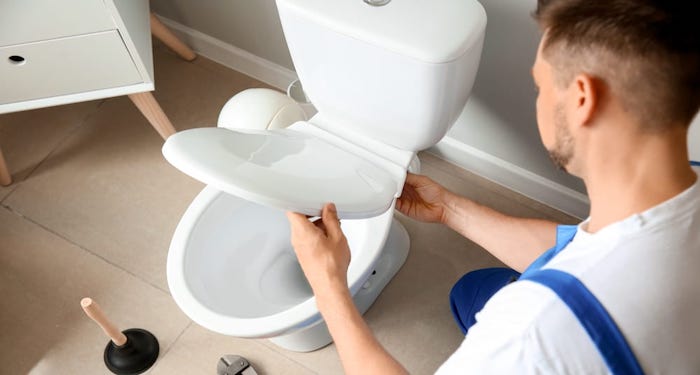
The average rate for a flooring specialist is around £140-£200 per day., while an electrician will charge around £150-£280 per day.
A plasterer will charge around £130-£170 per day and a decorator will charge around £120-£180 per day.
On average, you can expect to pay around £900-£1300 for the entire job. This includes all of the parts of labour for a typical downstairs toilet installation.
How Long Does It Take to Install a Toilet Downstairs?
A plumber will usually work on their own to complete the installation of a downstairs toilet. The work will most commonly take around 4-10 days to complete. This will depend on the size of the room, the type of fixtures being installed, and the additional work needed.
If you are installing a downstairs toilet in a very small space, such as a cloakroom or closet, then it may take less time to complete. However, if you are installing the toilet in a larger room such as a spare room or an extension, then the work may take longer.
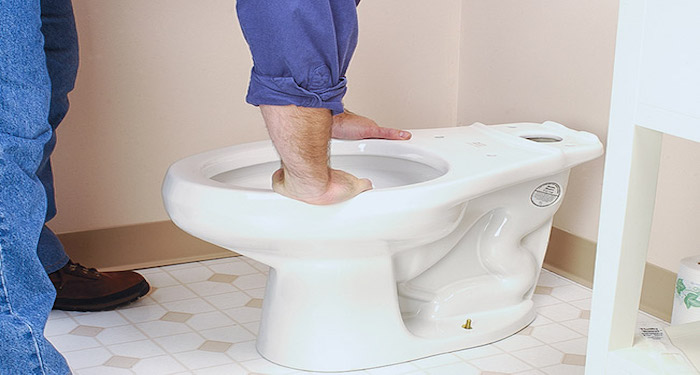
Types of Toilet
There are several different types of toilets that you can choose for your downstairs bathroom. Below is a list of the types of toilets that you can choose from:
Corner Toilet Cost
A corner toilet is designed specifically to fit in the corner of the room to help maximise the use of the space in the room. These are great for installing in small downstairs toilet rooms.
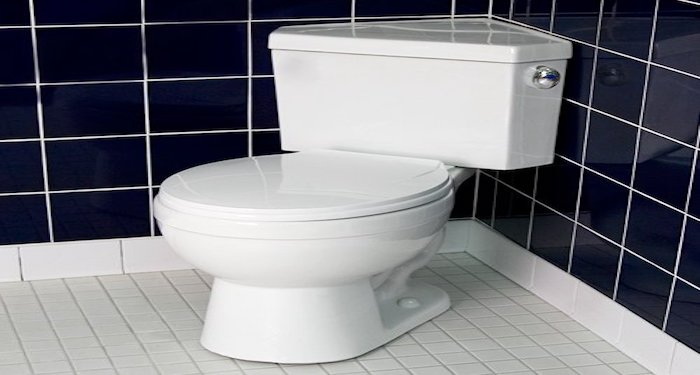
It can sometimes be difficult to install the waste pipe into the corner of the room, so you should check with a qualified plumber before choosing a corner toilet. These toilets typically cost around £150-£300 on average.
Pros
- Stylish and modern aesthetic
- Great for saving space
- Perfect for downstairs toilets
Cons
- Can be difficult to install
Close-Coupled Toilet Cost
This is the most popular style of toilet where the cistern is attached directly to the pan. You will find these toilets in the majority of homes in the UK.
Close-coupled toilets are available in both traditional and modern designs, and you can also choose from a wide range of colours to match your bathroom decor.
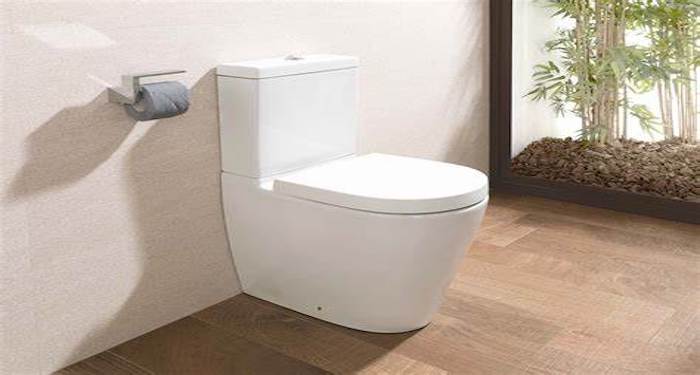
This type of toilet is usually around £50-£300 on average.
Pros
- Doesn’t require any external or hidden plumbing
- Wide range of colours and styles to choose from
- Easy to install
- Suits most bathrooms including downstairs toilets
Cons
- N/A
Low-Level Toilet Cost
A low-level toilet is perfect for traditional styles of bathroom. This type of toilet is where the cistern is connected to the pan of the toilet via a chrome flush pipe, and is fitted at a low level on the wall.
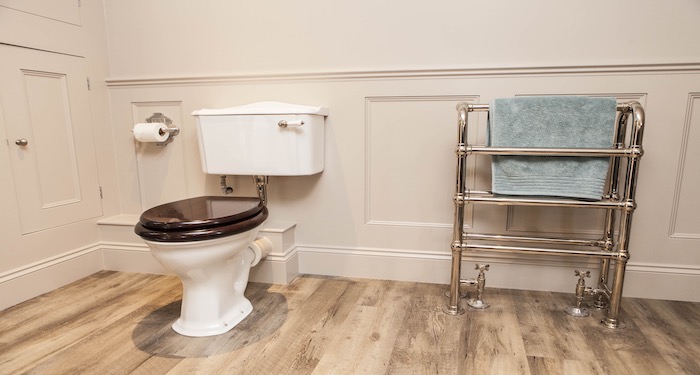
The average cost for these toilets is around £190-£400.
Pros
- Creates a traditional look
- Unique aesthetic
Cons
- Must be fitted to a solid wall or wall that has been reinforced
Wall Hung Toilet Cost
Wall hung toilets are perfect for adding a modern style to your bathroom. This type of toilet sits above the floor without any visible pipework, fittings, or a cistern.
The design creates a sense of extra space and makes cleaning the floor around and underneath the toilet much easier.
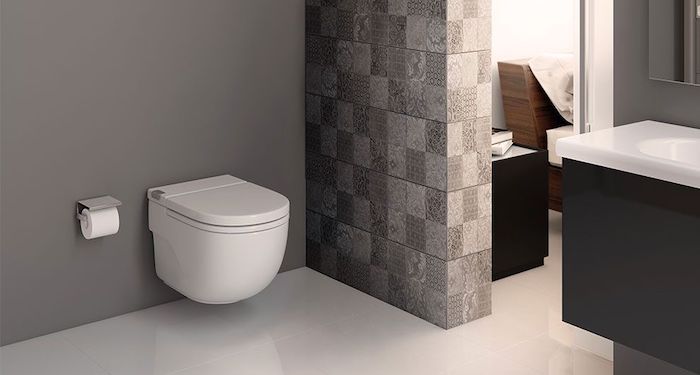
The cistern on wall hung toilets are installed within the wall, which saves a lot of space.
Wall hung toilets tend to cost around £250-£400 on average.
Pros
- Great for saving space
- Makes it easier to clean the floor
- Modern aesthetic
- Perfect for downstairs toilets
Cons
- Difficult to install
- Concealed cistern and wall frame must also be purchased
High-Level Toilet Cost
High-level toilets are also great for creating a traditional aesthetic in your bathroom. A high-level toilet is where the cistern is installation at a higher level on the wall and is connected to the toilet pan via a chrome flush pipe.
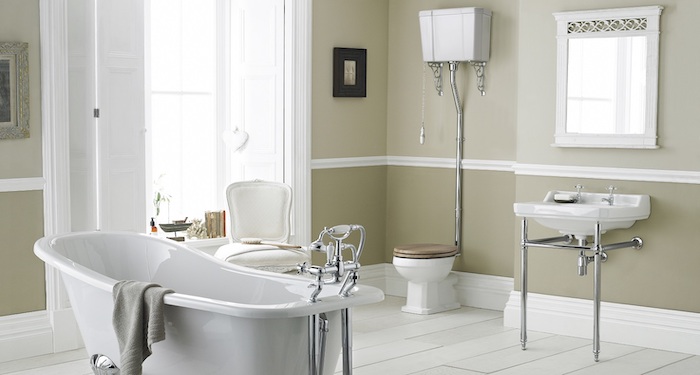
These toilets are quite rare in the UK now; however, some people do still prefer this traditional look. On this type of toilet, the flush is controlled via a long chain pull.
This type of toilet usually costs around £330-£700 on average.
Pros
- Traditional aesthetic
Cons
- Must be fitted to a solid wall or wall that has been reinforced
- Not very popular
Benefits of a Downstairs Toilet
There are several benefits to installing a downstairs toilet. Below is a list of the main benefits to completing this type of work:
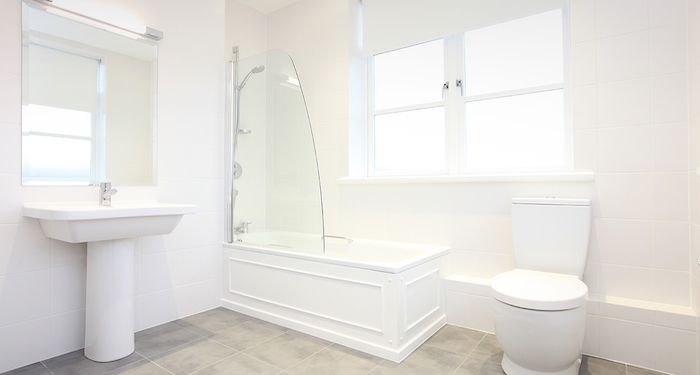
Increased Property Value
Adding a downstairs toilet to your home is extremely convenient and very appealing to potential property buyers. It has been found that installing a downstairs toilet can add up to around 5% to your property value. This means that your toilet investment will definitely pay off.
Provides a Touch of Luxury
An additional toilet is thought to be quite luxurious, and will improve the overall feel and experience of your home. This is something that you can really show off to guests.
Great for Families and Guests
Adding an additional toilet in your home is great for families and guests. It provides a space for your family and guests to use the toilet if the main bathroom is occupied. This means that you can have a bath or shower in peace without having to worry about people needing the loo part way through your wash.
How Much Does It Cost to Remove a Downstairs Toilet?
Some people may prefer to use the additional space of a downstairs toilet for something else. In these cases, you will need to get your downstairs toilet removed.
It’s always recommended to have this work completed by a professional plumber to avoid any mistakes or problems. When it comes to hiring a professional to remove the bathroom fittings for you, you can expect to pay around £150-£250 per day.
Most of the time, the work can be completed within a day, so you will only need to worry about paying for one day of labour costs.
Most of the time, the contractor will take care of removing and disposing of all of the waste that comes with removing your downstairs toilet. However, in some cases, you may need to consider removing the waste yourself.
You can hire a small skip for around £70-£120. Alternatively, you can hire a van for around £60-£90 per day to transport and dispose of the waste yourself.
FAQs
Q: Does having a downstairs toilet add value to a property?
A: Adding a downstairs toilet can add up to around 5% to the value of your home.
Q: How do you heat a small downstairs toilet?
A: There are several ways that you can heat a small downstairs toilet. You can either have underfloor heating installed, install a small radiator, or install a heated bathroom towel rack.
Q: Do I need planning permission for a downstairs toilet installation?
A: You won’t usually need planning permission when you install a downstairs toilet. However, if you’re adding a toilet in an extension or if you live in a listed building, then you will need to check with your local authority before carrying out the work.
Q: Where can I install a downstairs toilet?
A: You can install a downstairs toilet in almost any small space in the downstairs of your home. This can include cloakrooms, garages, a large cupboard, a small extension, or underneath the stairs.
Q: What is the minimum amount of space needed for a downstairs toilet installation?
A: The size of the space needs to be around 70cm-130cm. You will need to ensure that the room has a window and extractor fan in order to comply with the downstairs toilet building regulations.

